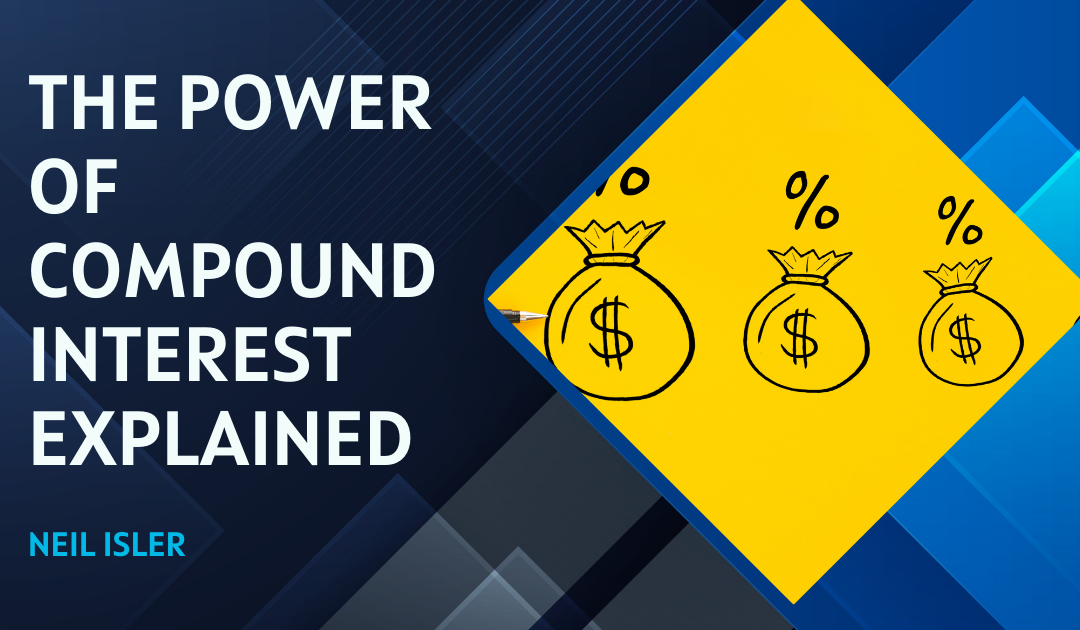Compound interest is often referred to as the “eighth wonder of the world,” and for good reason. It has the potential to turn small, consistent investments into a significant sum over time. Understanding how compound interest works is essential for anyone looking to grow their wealth, plan for retirement, or achieve long-term financial goals.
At its core, compound interest is the process by which interest is added to the initial principal, and then new interest is earned on that larger amount. In contrast to simple interest, which is calculated only on the original principal, compound interest continually adds to the total amount, allowing your money to grow faster.
Let’s break it down with an example. Suppose you invest $1,000 in an account that earns 5% interest annually. After one year, you would have $1,050. The following year, your interest would be calculated on $1,050, not just the original $1,000. This cycle continues, and over time, the growth becomes exponential. Even though the rate stays the same, the amount of interest earned each year increases because it’s being calculated on a larger balance.
One of the most powerful aspects of compound interest is the impact of time. The earlier you start investing, the more time your money has to grow. A person who starts saving for retirement at age 25 will likely accumulate much more than someone who begins at age 40, even if the older investor contributes more money. That’s the magic of compounding—your money earns interest, and that interest earns more interest.
Frequency of compounding also plays a role. Interest can be compounded annually, semiannually, quarterly, monthly, or even daily. The more frequently it compounds, the faster your money grows. For example, if two people invest the same amount at the same interest rate, the one whose interest is compounded monthly will end up with more than the one whose interest is compounded annually.
Compound interest is not only useful for investing; it can also work against you in the form of debt. Credit card balances, for example, often grow rapidly due to high interest rates and frequent compounding. This is why it’s crucial to pay off credit cards quickly and avoid carrying a balance if possible.
To make the most of compound interest, start saving early, contribute consistently, and reinvest your earnings. Retirement accounts like 401(k)s and IRAs are excellent tools for compounding because they offer tax advantages and often come with employer contributions.
Financial tools such as compound interest calculators can help you visualize how your money will grow over time. By inputting your starting amount, interest rate, contribution frequency, and time period, you can see the long-term benefits of consistent investing.
In conclusion, compound interest is a powerful financial principle that can significantly enhance your savings and investments. By understanding how it works and putting it to use early in life, you can build wealth steadily and efficiently. Whether you’re saving for a home, college tuition, or retirement, compound interest can help turn your financial goals into reality.

